
What Is Insecure HTTPS Cookies And Their Risks?
HTTPS cookies, essential for website functionality and user experience, become a security liability when not adequately secured. These small data

HTTPS cookies, essential for website functionality and user experience, become a security liability when not adequately secured. These small data

Insider threats refer to security risks caused by people inside an organization who are authorized to access confidential systems, data,
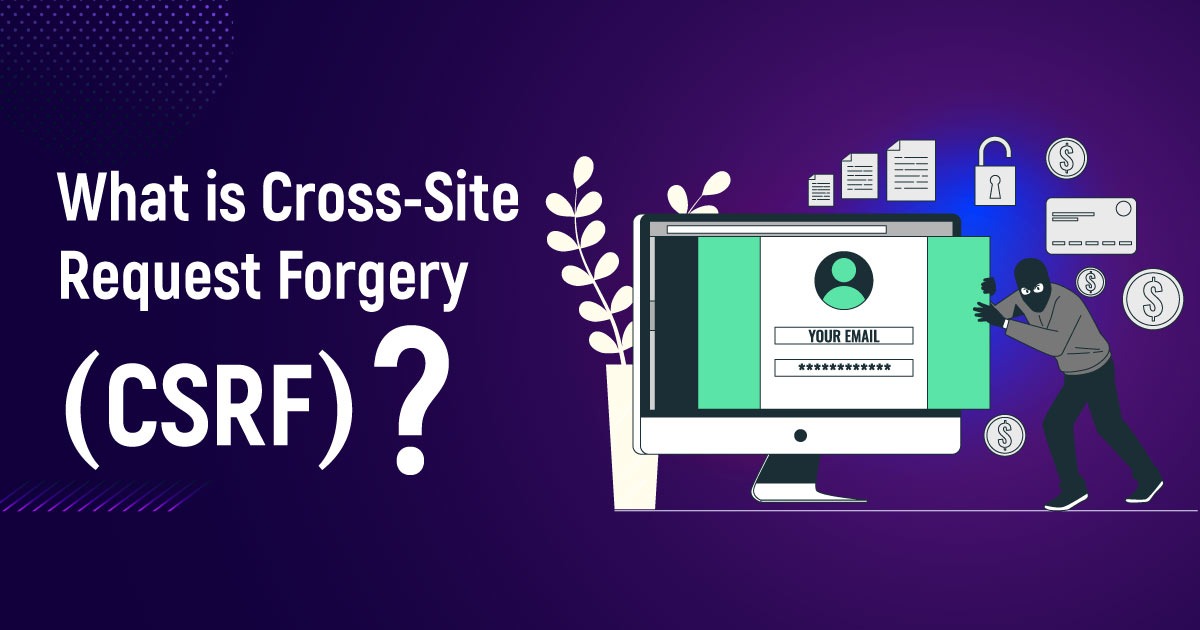
Cross-Site Request Forgery (CSRF) is an attack method that tricks users into performing an unwanted action on a website they
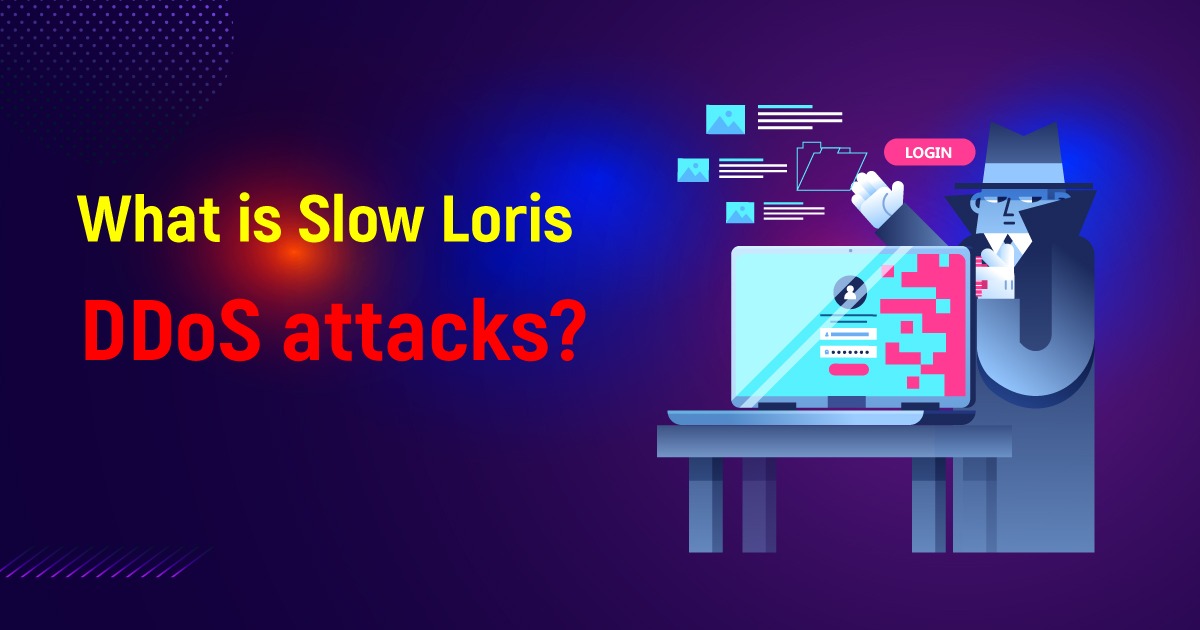
SlowLoris DDoS Attacks are a type of stealthy, low-and-slow layer 7 Distributed Denial of Service (DDoS) attack that targets web

Multicloud involves utilizing two or more cloud service providers, such as Amazon Web Services (AWS), Microsoft Azure, and Google Cloud
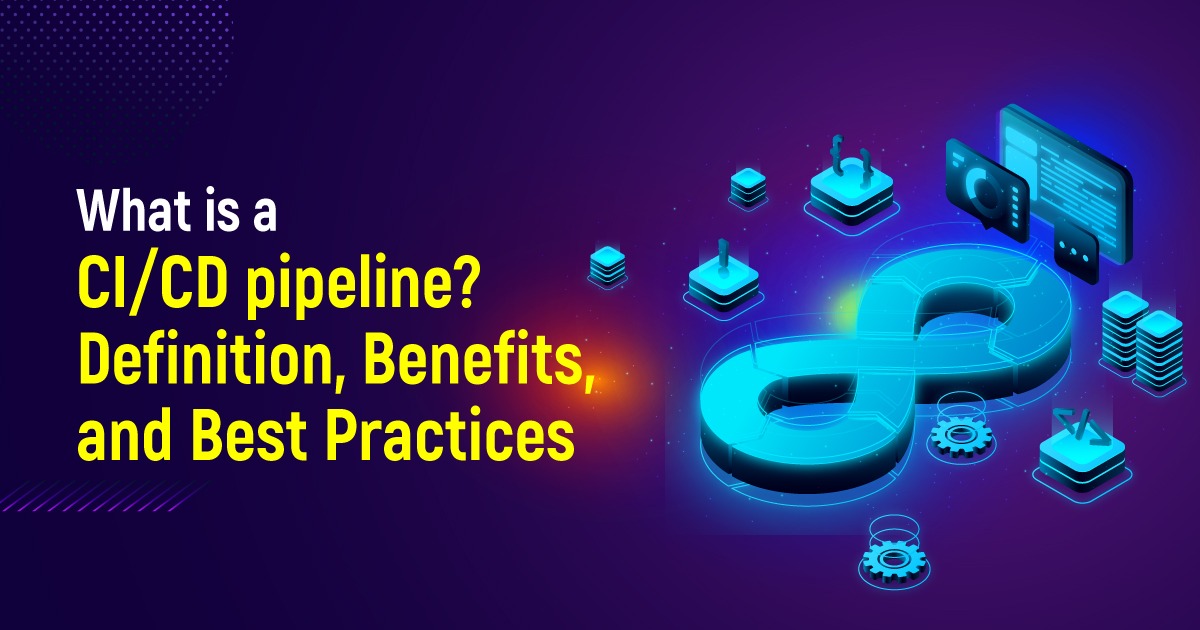
Continuous Integration (CI) focuses on frequently merging code changes from multiple developers into a shared repository. It involves automatically building
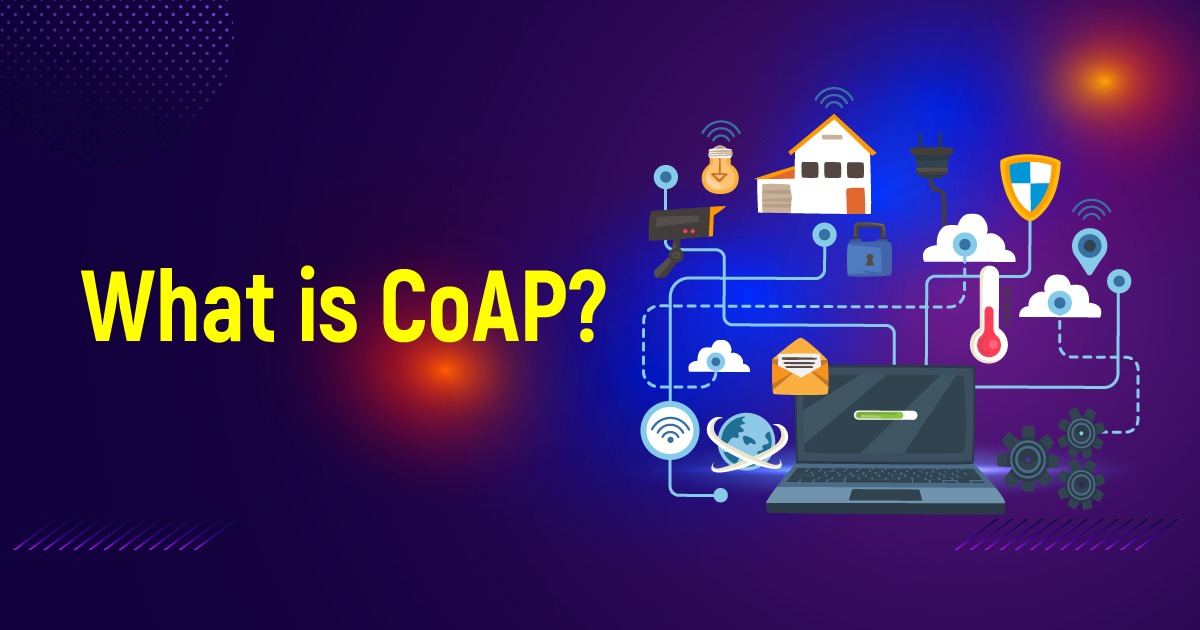
CoAP is a lightweight application-layer protocol designed specifically for IoT devices with limited resources, such as sensors, actuators, and low-power
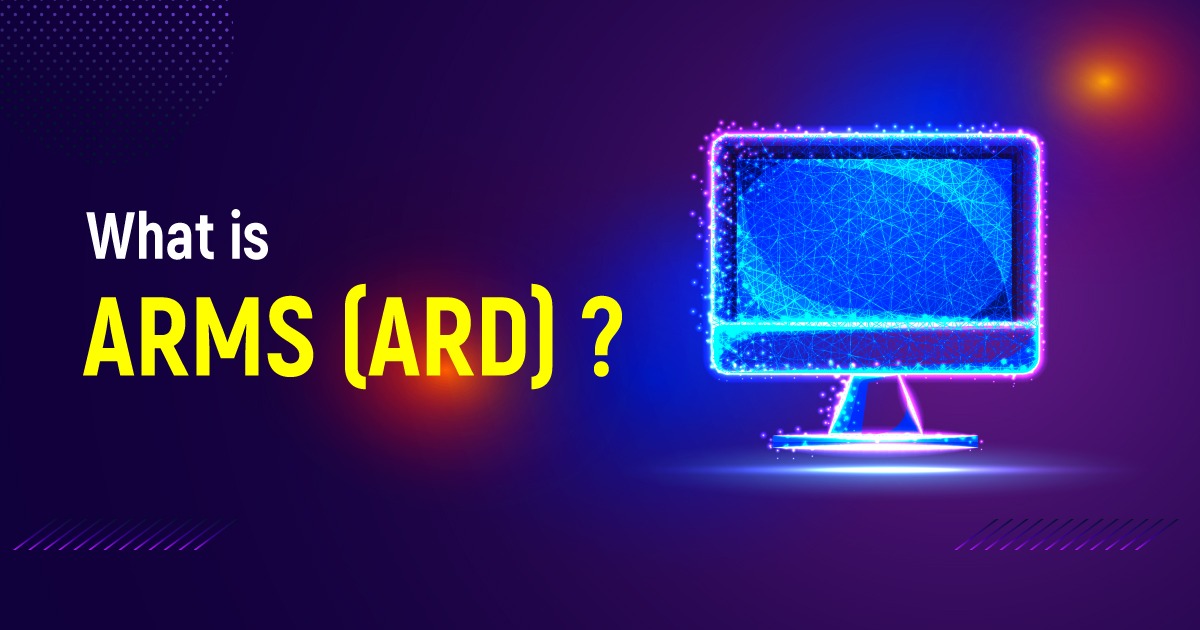
In today’s interconnected world, managing a large number of remote devices efficiently and securely is a significant challenge for organizations.
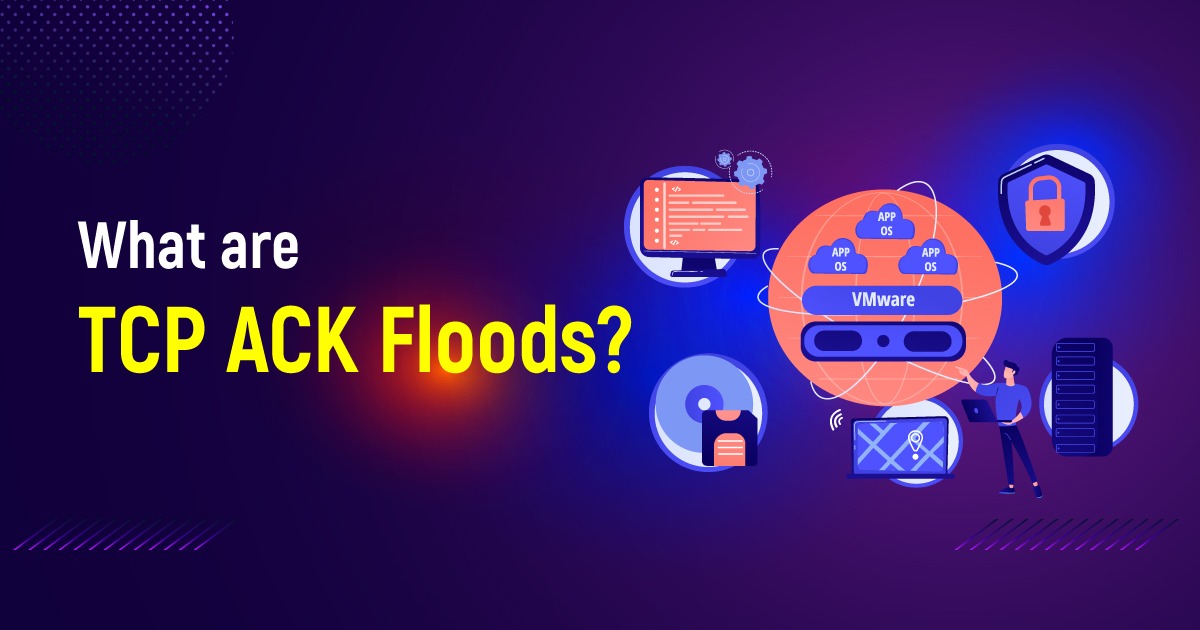
TCP ACK Floods involve overwhelming a target network by inundating it with a barrage of TCP acknowledgement (ACK) packets. By
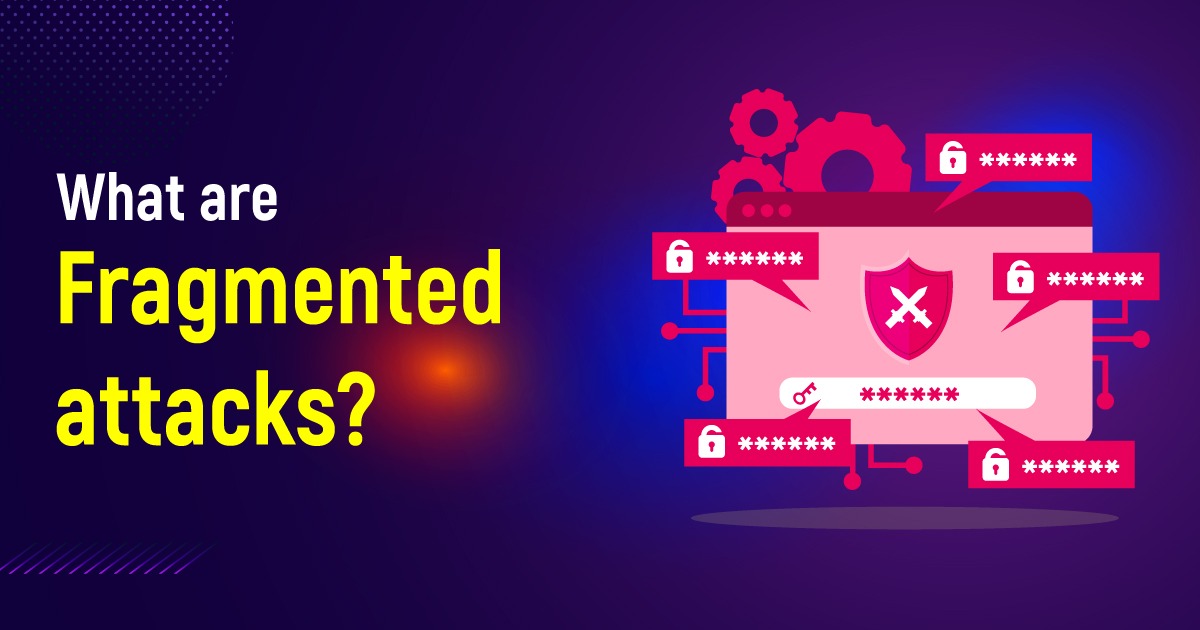
Fragmented Attacks refer to a type of cyber assault that utilizes network packet fragmentation to obscure malicious payloads and deceive
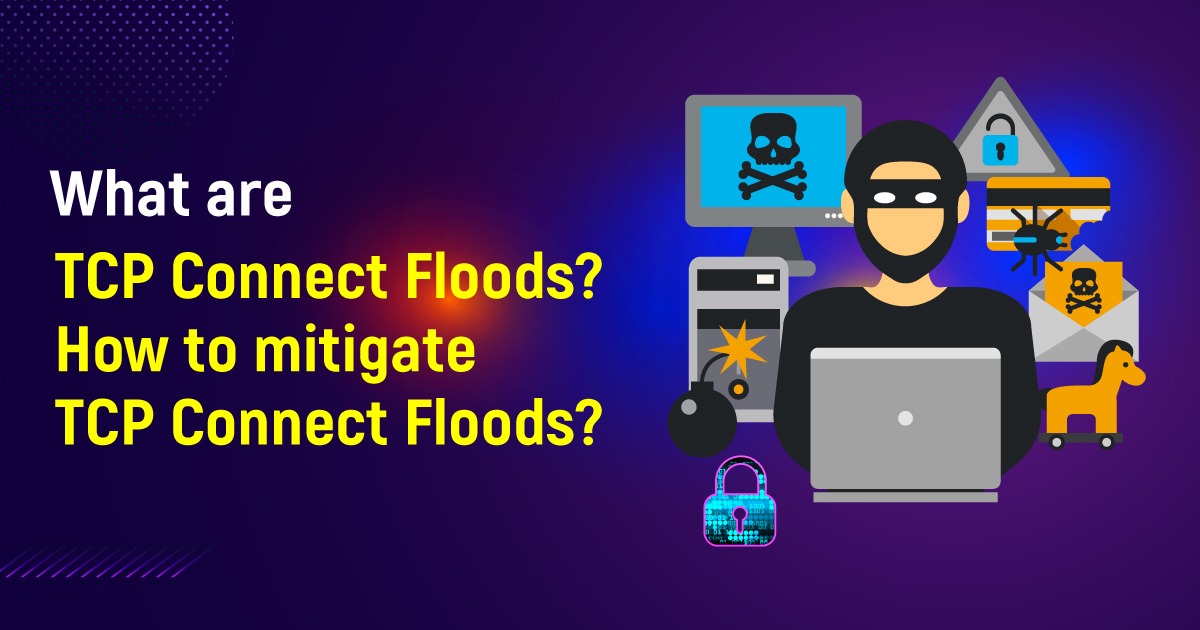
TCP Connect Floods are a type of DDoS attack that aims to overwhelm a target network’s resources by flooding it
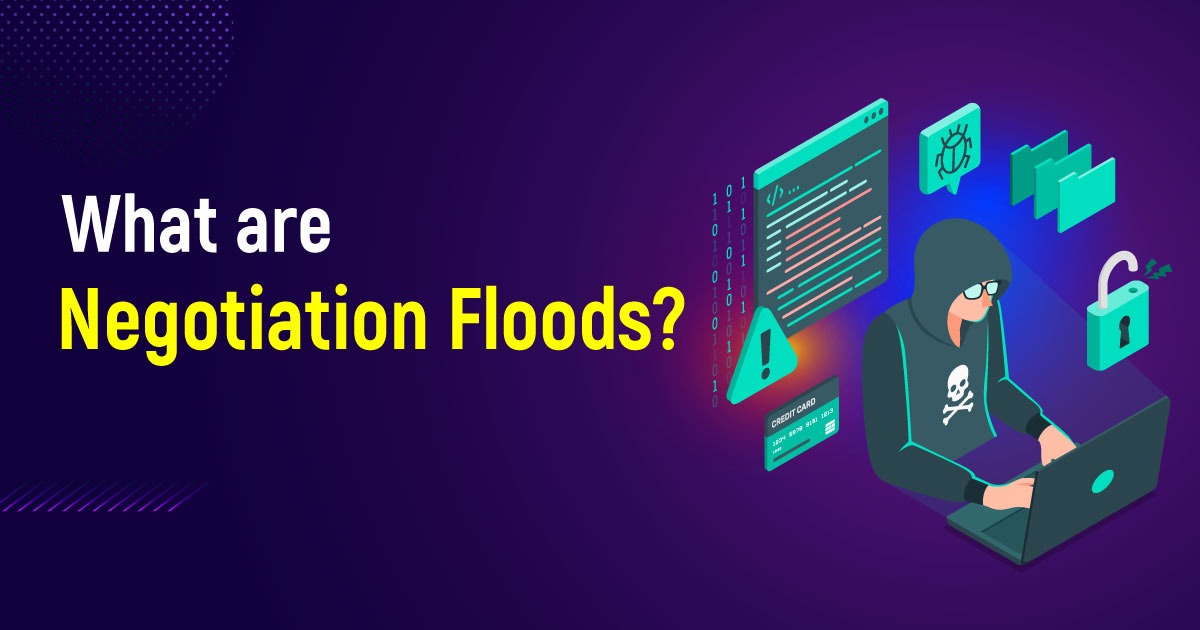
Negotiation Floods are a type of DDoS attack that exploits network protocols’ negotiation processes to overwhelm network resources. The attacker
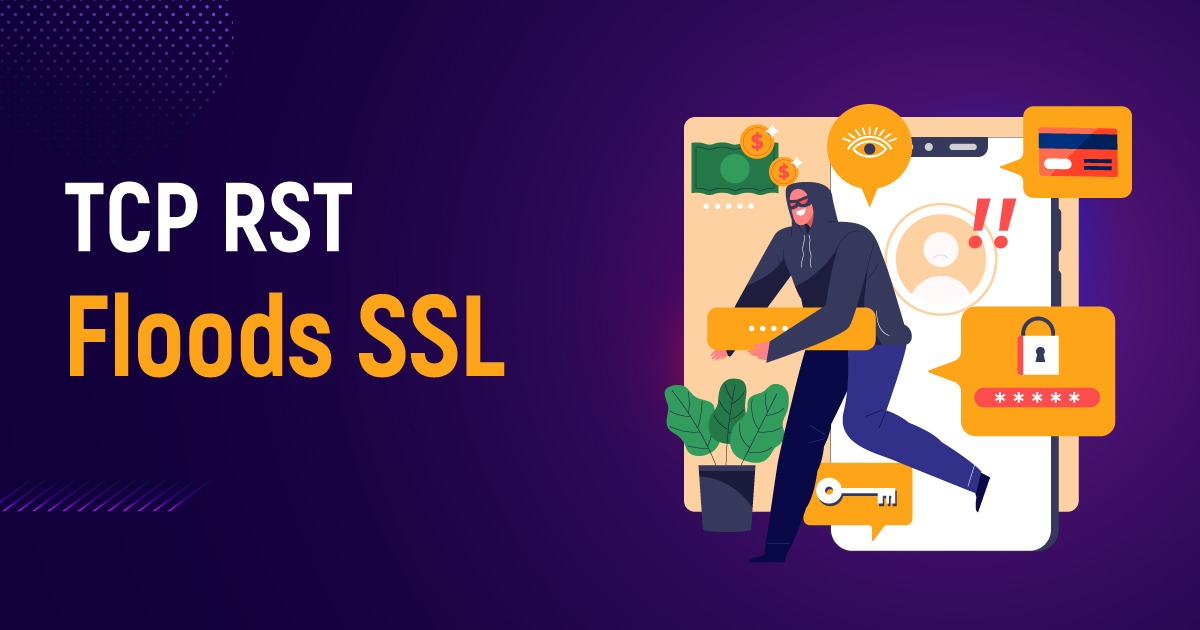
TCP RST Floods SSL is a form of Distributed Denial of Service (DDoS) attack that focuses on disrupting secure connections
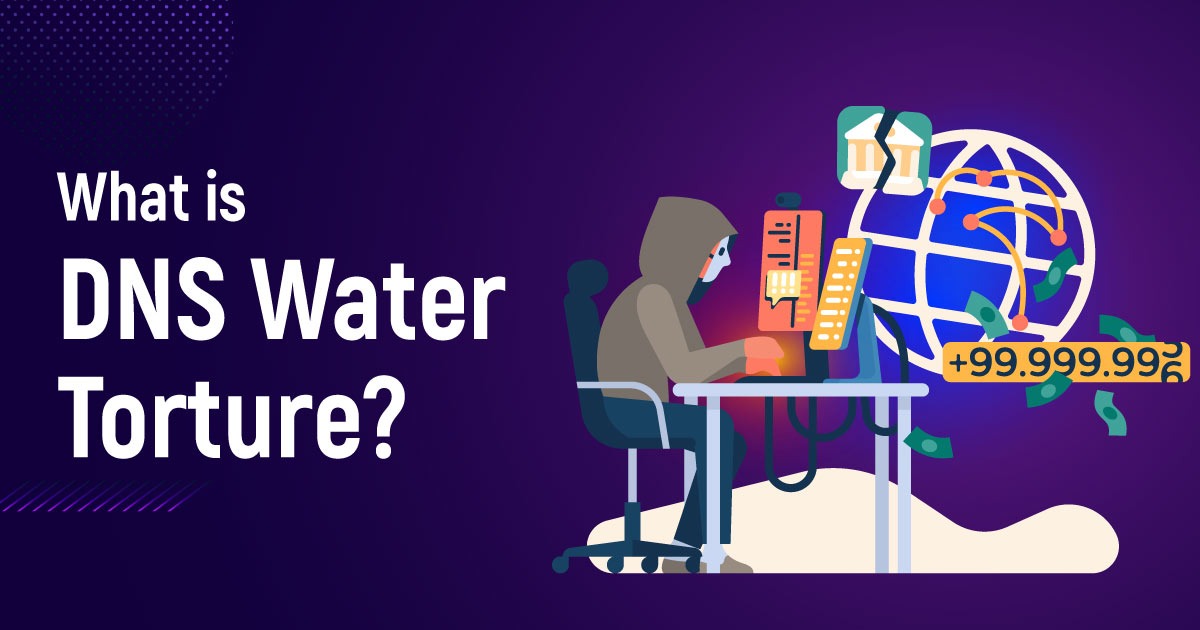
DNS Water Torture is a type of DDoS attack that targets the Domain Name System (DNS), a critical component of

Jenkins is an open-source automation server that has emerged as a popular tool for streamlining software development workflows. In this
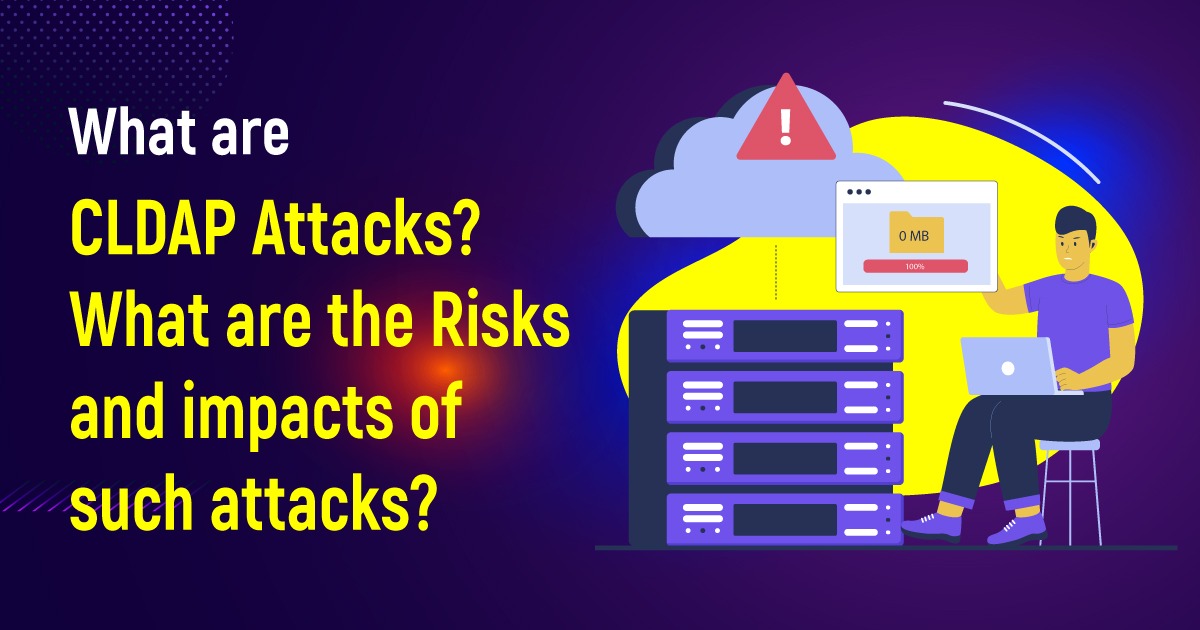
Connectionless Lightweight Directory Access Protocol (CLDAP) is a network protocol used for querying and modifying directory information services, such as

Generic Routing Encapsulation (GRE) is a tunneling protocol that encapsulates various network protocols within Internet Protocol (IP) packets. User Datagram
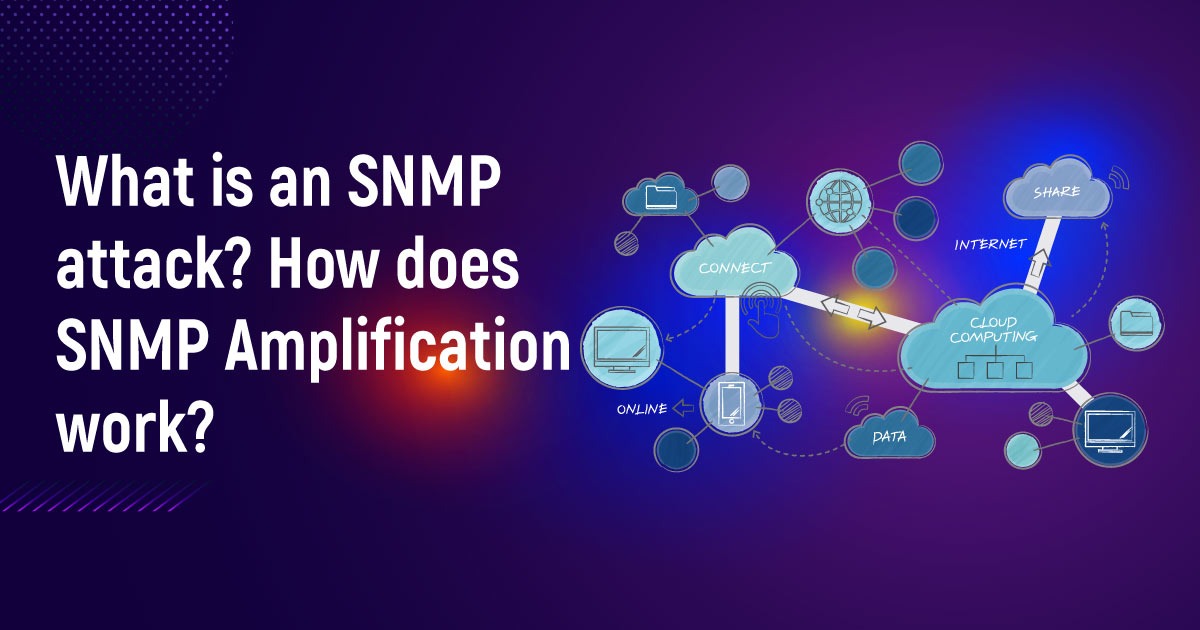
Simple Network Management Protocol (SNMP) is a widely used protocol for managing and monitoring network devices. It allows network administrators
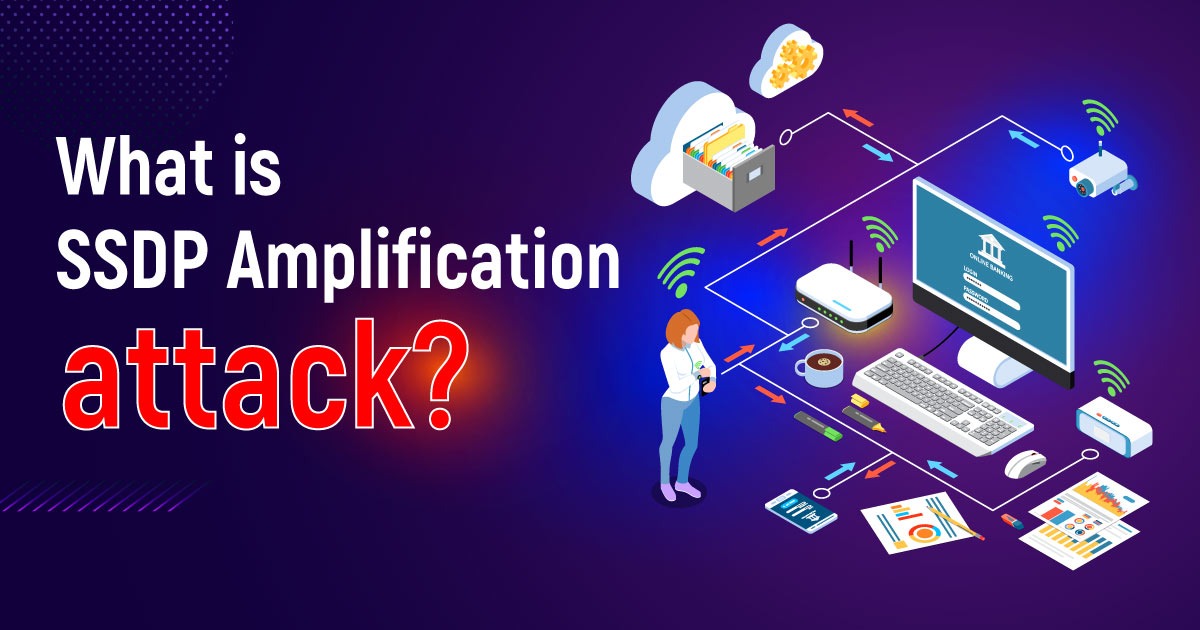
The Simple Service Discovery Protocol (SSDP) is a network protocol used by devices to discover and communicate with each other
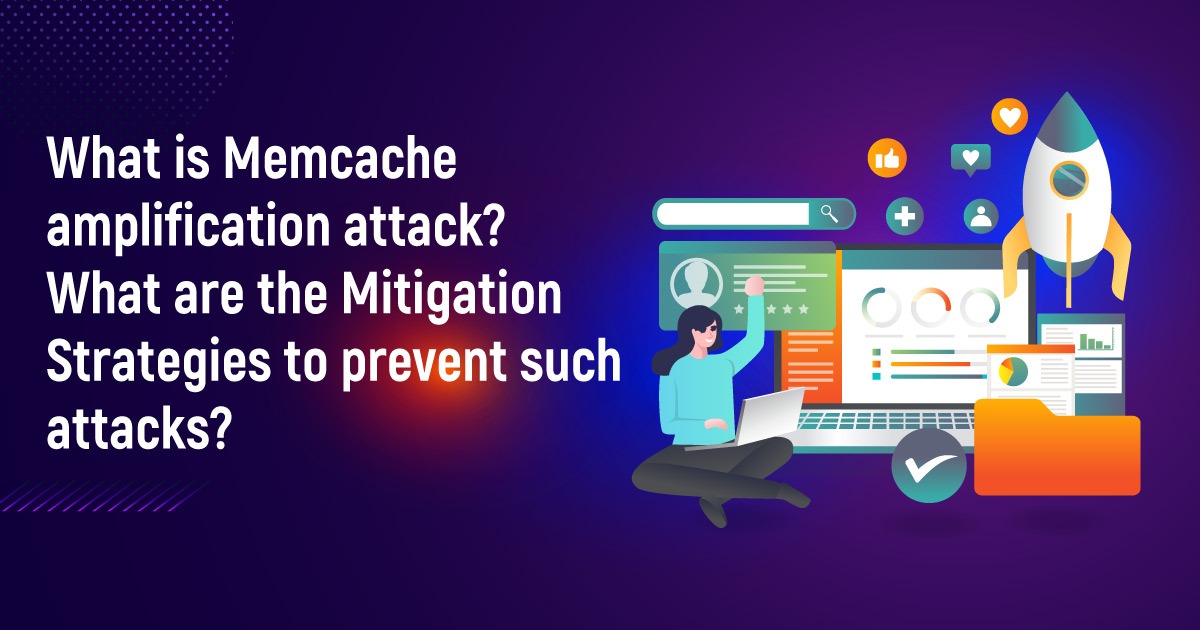
Memcache is a high-performance, distributed memory caching system used to improve website and application performance. It stores frequently accessed data
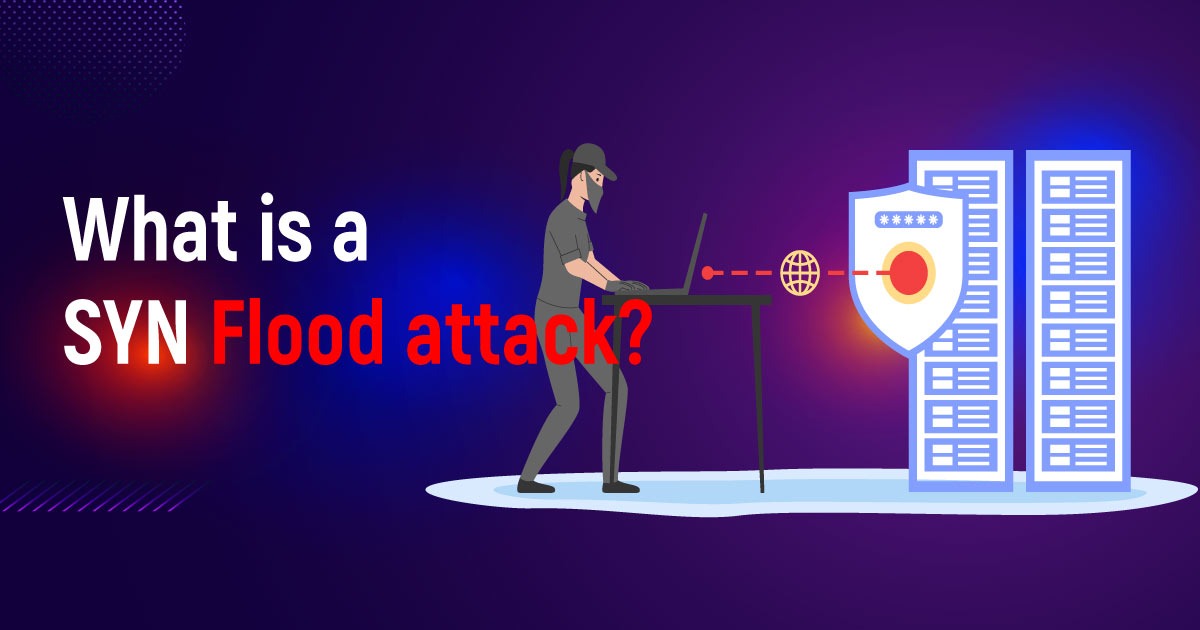
In a TCP (Transmission Control Protocol) connection, a three-way handshake is performed between the client and the server to establish

Tsunami is an open-source cybersecurity framework developed by Google. It enables security professionals to conduct large-scale, high-fidelity network security assessments,
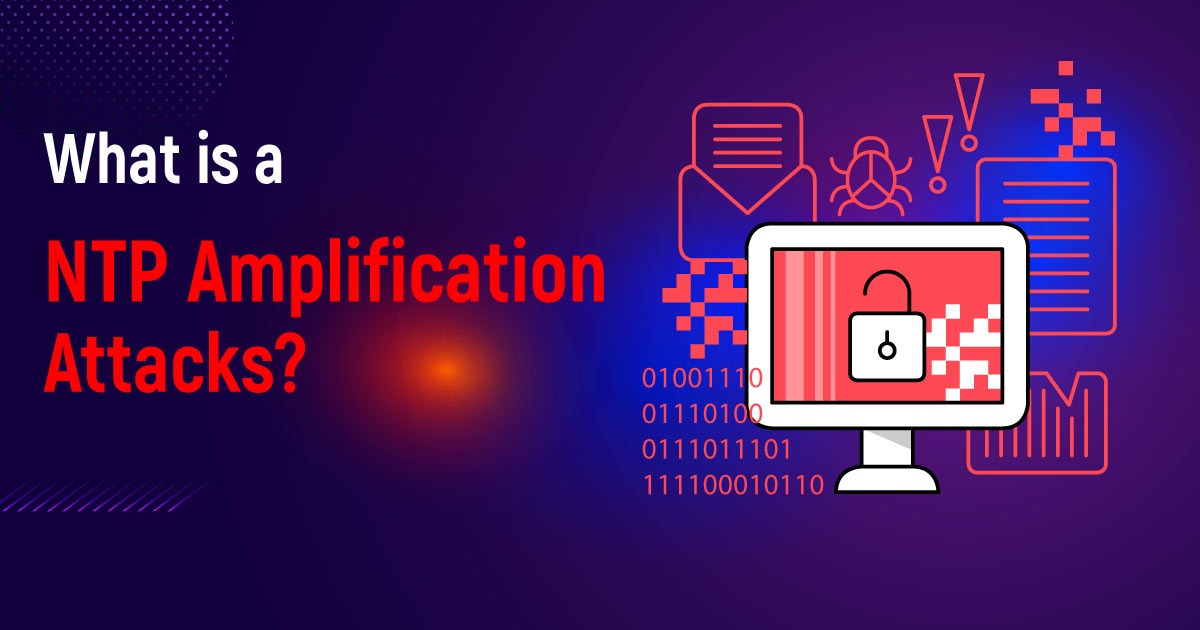
In the realm of cybersecurity, Domain Name System (DNS) amplification attacks have emerged as a significant concern for organizations worldwide.
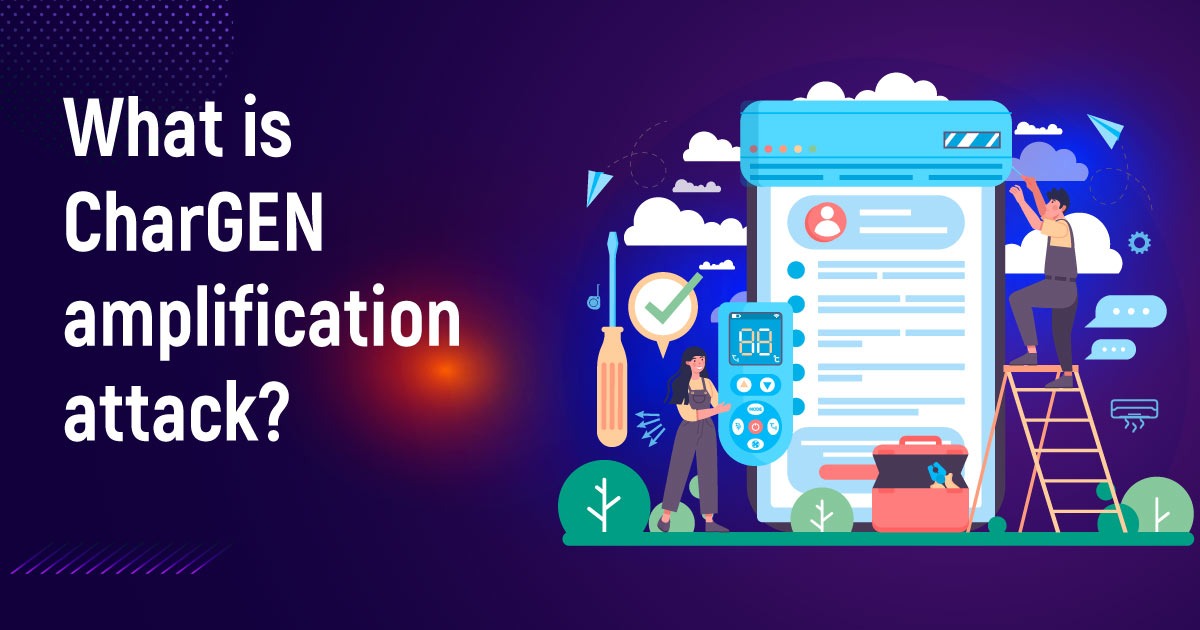
The Character Generator (CharGEN) protocol was originally designed for testing and debugging purposes. It allows a client to request a